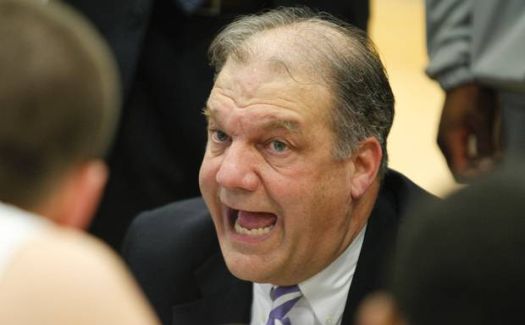2013-14 RTC Conference Preview: Colonial Athletic Association
Posted by Mark Selig on November 4th, 2013Mark Selig is the RTC correspondent for the Colonial Athletic Association. You can also find his musings online on Twitter @markrselig.
Reader’s Take
Looking Back
Since the last CAA game — a James Madison championship that its fans waited nearly two decades to see — the league has officially said goodbye to perennial powers George Mason (off to the Atlantic 10) and Old Dominion (now in Conference USA in a football-driven move), and hello to intriguing newcomer College of Charleston (formerly of the Southern Conference). Based on last year’s RPIs, the CAA won’t immediately suffer, but Mason — with a Final Four appearance last decade — is obviously a more high-profile program than Charleston. ODU is too. The swap is just the latest in the CAA’s geographical shift. The league is losing its Virginia members (VCU exited before last season) and seems to be trending south.
The league also said goodbye to Mo Cassara, Hofstra’s hard-luck coach who took the job in tough circumstances (replacing Tim Welsh after a DUI) and was let go in equally difficult ones. His replacement? Longtime Niagara coach Joe Mihalich, who said he’ll have to donate all the purple wardrobe accumulated from 15 years with the Purple Eagles to JMU coach Matt Brady (ironically, Mihalich and Brady both have wives named Mary, and both have three sons, including a set of twins — with the same May 30 birthday!). Brady, meanwhile, parlayed his CAA title into a four-year contract extension, although the talks were a bit drawn out, nearly lingering until his previous contract expired. As for a new coach joining Mihalich in the league, second-year Charleston coach Doug Wojcik becomes every CAA reporter and copy editor’s worst nightmare. Wojcik (I’m already getting the hang of it), is no stranger to the CAA, having played with David Robinson at Navy in the 1980s.
The final goodbye from the CAA was to the city of Richmond — home of the league’s last 24 postseason tournaments. The league offices are still located in Richmond, but the CAA will host its annual playoff in Baltimore this year. Trying to establish Charm City as a sort of hub for CAA hoops, the conference held its media day at the Renaissance Baltimore, a swanky hotel overlooking the Inner Harbor. “Crab Cakes and basketball. That’s what we’re going to do here in Charm City,” Towson coach Pat Skerry, channeling a Wedding Crashers line, said during a lunchtime speech at media day.
Power Rankings










































